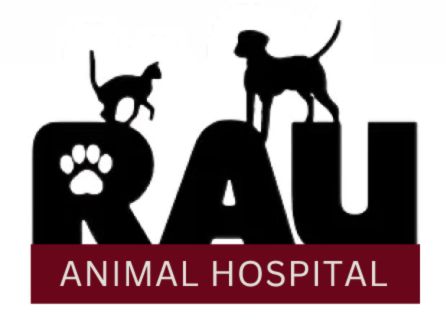There are many veterinary issues that we can easily relate to human ones. For example, just as discussing weight problems with people is uncomfortable, we veterinarians often dread having to bring up pet obesity with our clients. The truth is, though, it’s time to get uncomfortable in order to nip this growing epidemic in the bud and keep our pets as healthy as possible.
With pet obesity at epidemic levels (over 58 percent), weight management needs to be discussed. Pet owners deserve clear instructions, including what food and how much to feed…but why would a client feel that they didn’t get a clear recommendation or plan from their veterinarian? We explore that below and offer five tips on how to face pet obesity head-on.
1. Acknowledge the Issue
Many pet owners won’t admit that their pet is overweight or don’t equate their pet being overweight with illness. The fact is that even pets that are 15 percent overweight (an ideal weight cat of 10 pounds who weighs just 11.5 pounds) already have inflammatory changes in the body causing damage. Getting the client to acknowledge the problem can make the discussion delicate and time-consuming. The veterinarian may feel they risk losing trust with the client and may not go there (or go there strongly enough). As veterinarians, we need to focus on being the pet’s advocate and communicating the risks and benefits of obesity as clearly as possible without offending.
2. Regularly Evaluate Your Pet's Weight
A body condition score (BCS), body weight, and muscle condition score (MCS) need to be taken routinely, and trends monitored. We have good tools to do this and can easily teach the owner how to monitor these at home. An accurate scale and good visuals help everyone in the family understand the goal. Monthly reassessment is recommended if pets are more than 20 percent overweight. But repeat visits also take time, and cats, in particular, are usually not fond of car rides. We try and paint reassessment visits as “easy, friendly visits” and a good time to pick up food or flea, tick, or heartworm preventives.
3. Get Your Pet on a Vet-Recommended Diet and Portion Sizes
A safe, effective food recommendation must be made. With over 15,000 different brands, there is currently no way for the veterinarian (or pet owner) to easily choose safe, healthy food. That, along with the “over-marketing” of grain-free, raw, and natural foods, which many times are not science-based at all, can cause us to hesitate on a recommendation. If the pet is 20 percent or more overweight, almost all board-certified veterinary nutritionists highly recommend a prescription diet for the pet to safely lose weight without losing muscle mass or depleting micronutrients. The top pet food companies all have Rx diets that are moderate calorie and higher in protein that burn fat while maintaining muscle condition and satisfying the pet.
4. Count Calories
The correct number of calories needs to be calculated. Calorie calculation has been made much easier by the Pet Nutrition Alliance (PNA) nutritional calculator. The PNA does not recommend a food, but it will give a starting calorie number based on your pet’s current BCS. Again, continual reassessment is a must.
5. Motivate to Make the Necessary Changes
Treating pet obesity involves changing how we feed our pets, so it can be an emotional topic that’s obviously anything but fun. When it comes down to it, though, neither are fleas, ticks, and vaccines. For some reason, getting a client motivated to change strong pet-feeding-related behaviors is often more challenging than convincing them of the power of preventive parasite meds, etc.
Some of the things veterinarians would like to see our clients do at home to combat pet obesity are:
- Purchase activity monitors
- Consider automatic feeders
- Install under-litter-box scales
- Hold regular weigh-ins
- Get the whole family involved in an exercise routine to increase accountability
- Brainstorm creative ways to exercise your indoor pets
Yes, we are sometimes fighting an uphill battle with all these obstacles, but we must remember the goal is a vital one. It has been proven that obese dogs live two and a half years shorter lives than dogs at their ideal weight, which has been proven in most other species. Just as importantly, they feel better, have fewer medical problems, are more active, and enrich the human health bond. It can be done. If you need more guidance on getting your pet on the path to lose weight, give us a call—we’re here to help!

